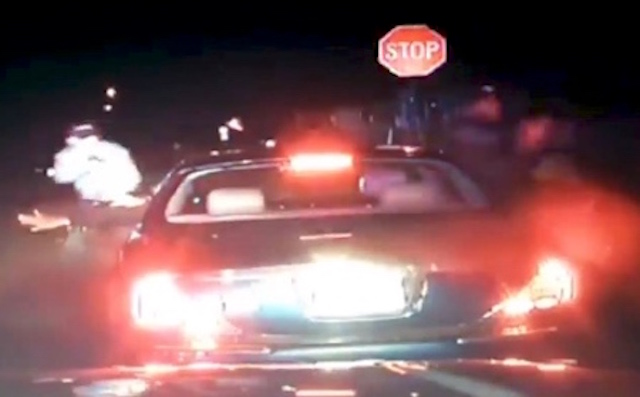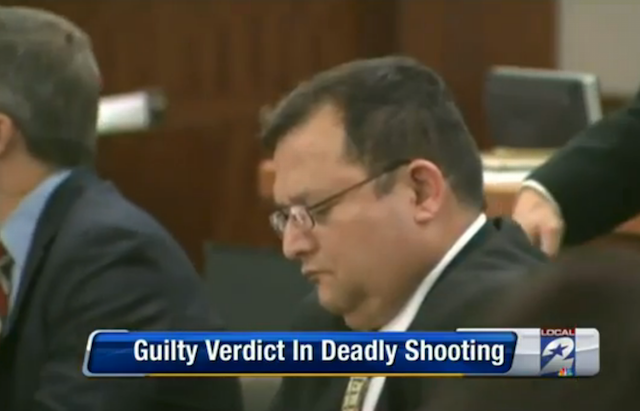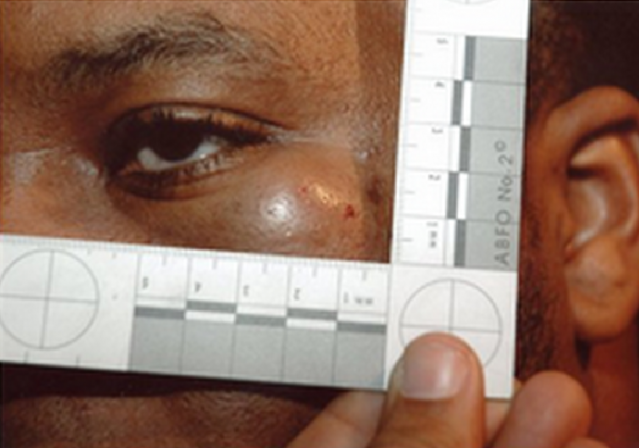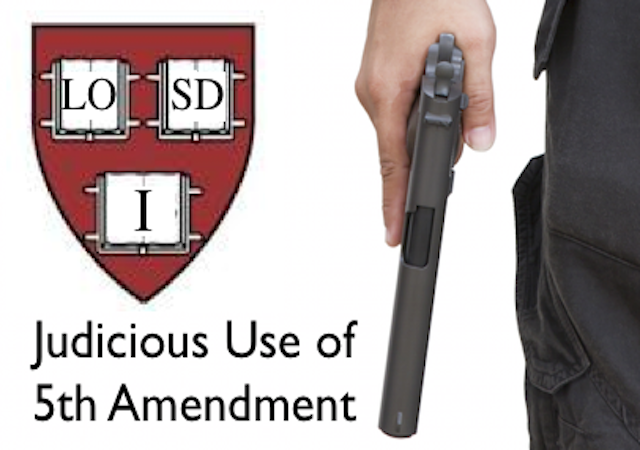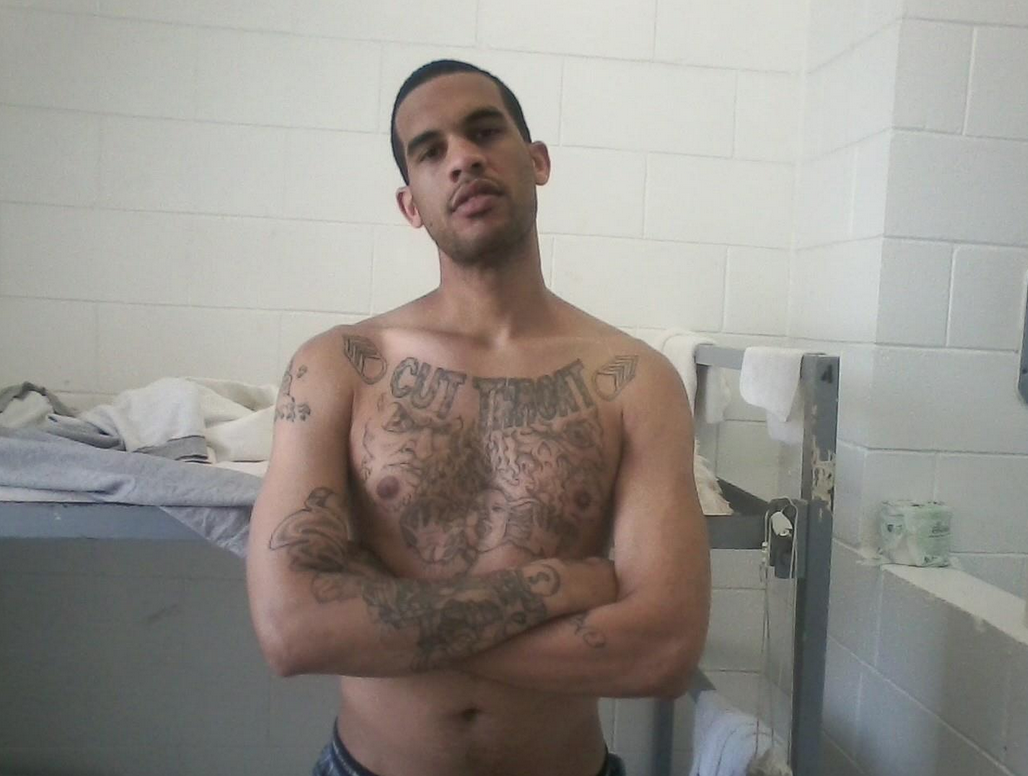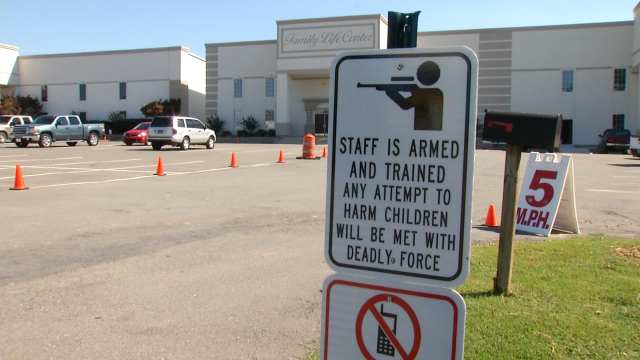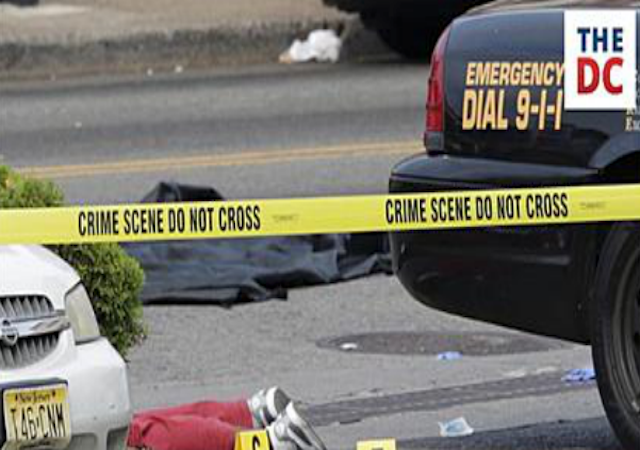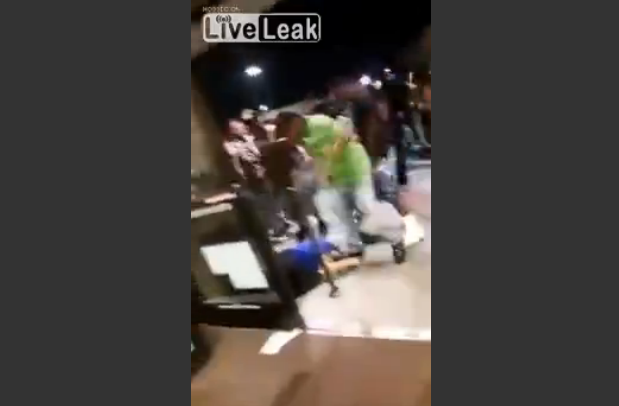Black Panther leader trains with police, has a change of heart
on February 09, 2015
43 Comments
Houston area Black Panther leader, Quanell X, is changing his tune after training with the Missouri City Police Department.
Quanell X is Houston's own personal Al Sharpton. Wherever an incident can be construed as race-related, Quanell X is there with his activists, rambling to local news crews about the violence inherent in the system.
Or at least he was before what appears to be a sincerely eye-opening experience.
Recently, Quanell agreed to train with the Missouri City Police Department, located in a suburb of Houston. The experience dramatically altered Quanell's perception.
"Wow. Damn," he said, after unloading countless paintball rounds at a mock suspect who was refusing to stand down in a routine traffic stop scenario.
Quanell went through four scenarios where he was required to, "shoot, hold fire, or use his taser," KHOU News reports.
"Shoot him in the leg? I was very close because he kept coming," an obviously distressed Quanell said.



